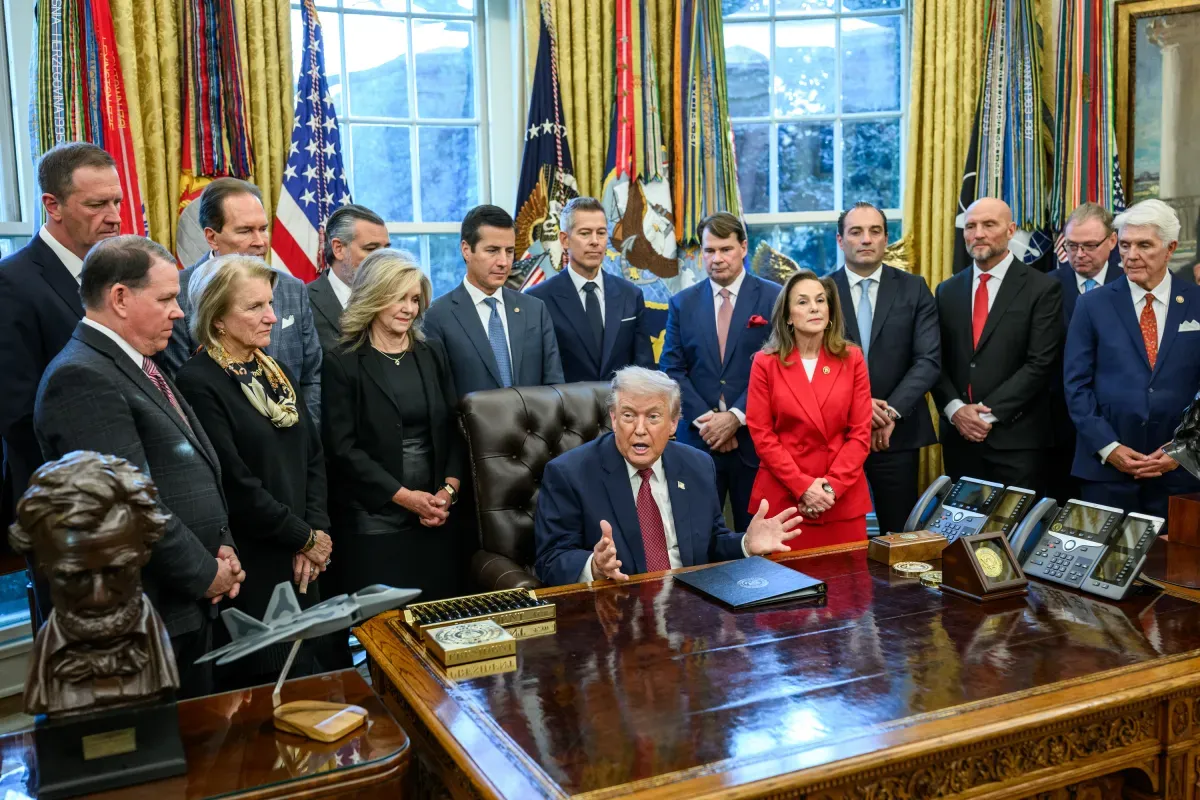By Joanne Nova via CFACT | October 05, 2024
All those sustainable dreams, gone pfft. Google, Oracle, Microsoft were all raving fans of renewable energy, but all of them have given up trying to reach “net zero” with wind and solar power. In the rush to feed the baby AI gargoyle, instead of lining the streets with wind turbines and battery packs, they’re all suddenly buying, building and talking about nuclear power. For some reason, when running $100 billion dollar data centres, no one seems to want to use random electricity and turn them on and off when the wind stops. Probably because without electricity AI is a dumb rock.
In a sense, AI is a form of energy. The guy with the biggest gigawatts has a head start, and the guy with unreliable generators isn’t in the race.
It’s all turned on a dime. It was only in May that Microsoft was making the “biggest ever renewable energy agreement” in order to power AI and be carbon neutral. Ten minutes later and it’s resurrecting the old Three Mile Island nuclear plant. Lucky Americans don’t blow up their old power plants.
Oracle is building the world’s largest datacentre and wants to power it with three small modular reactors. Amazon Web Services has bought a data centre next to a nuclear plant, and is running job ads for a nuclear engineer. Recently, Alphabet CEO Sundar Pichai, spoke about small modular reactors. The chief of Open AI also happens to chair the boards of two nuclear start-ups.
The AI Boom Is Raising Hopes of a Nuclear Comeback
The AI boom has left technology companies scrambling for low-carbon sources of energy to power their data centers. The International Energy Agency estimates that electricity demand from AI, data centers, and crypto could more than double by 2026. Even its lowball estimates say that the added demand will be equivalent to all the electricity used in Sweden or—in the high-usage case—Germany.
Australia uses ten times as much electricity as Microsoft, but is still fantasizing about reaching 82% renewable by 2030 with no nuclear power “because it will cost too much and take too long”. Microsoft uses 24 TWh of energy a year and employs 220,000 people, and knows it needs a nuclear plant to be competitive (and reach, albeit frivolous weather changing ideals). Australia uses 274 TWh of electricity, and employs 14 million people but is going to aim for frivolous climate witchery anyway, and do it the double-hard way.
Who needs to be competitive, right?
Pierre Gosselin discusses how Germany risks being left behind because it has switched off all its nuclear plants. At least it has some power lines to France. Australia has no nukes, not much hydro, no mountains to spare, is the driest inhabited continent on Earth, and it has no powerlines to anywhere. We are the crash test dummy. Soon most big companies will have more reliable power than we do.
Joanne Nova is a prize-winning science graduate in molecular biology and has given keynotes about the medical revolution, gene technology and aging at conferences.
Original article link









